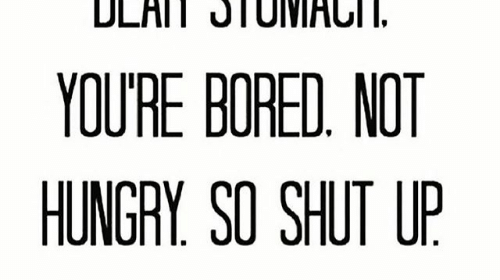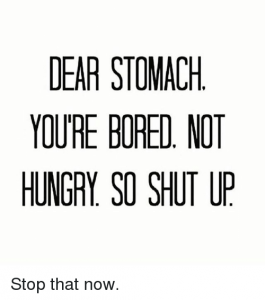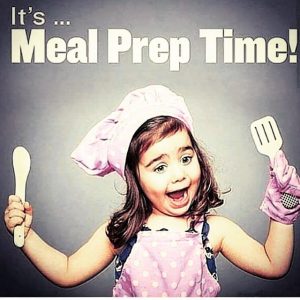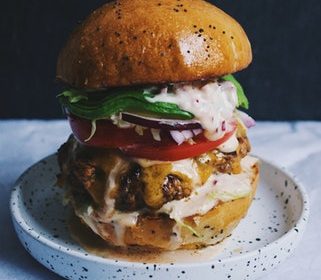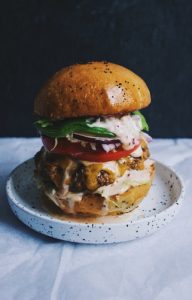Ways To Improve Endurance And Aerobic Health
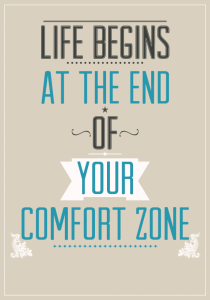 If you find yourself huffing and puffing going up the stairs, you need to find more ways to improve endurance and aerobic health. Your endurance is an indication of cardiovascular health and just as important as flexibility, strength or balance. Each one has a place when you’re getting fit and healthy. Often people run to boost their cardio, but it’s not the most effective technique and in some cases, has negative consequences. Here are sure fire ways to build endurance, while also burning calories.
If you find yourself huffing and puffing going up the stairs, you need to find more ways to improve endurance and aerobic health. Your endurance is an indication of cardiovascular health and just as important as flexibility, strength or balance. Each one has a place when you’re getting fit and healthy. Often people run to boost their cardio, but it’s not the most effective technique and in some cases, has negative consequences. Here are sure fire ways to build endurance, while also burning calories.
Move faster through your routine.
By moving faster, I don’t mean that you should do it at the sacrifice of form. Form is everything. But taking fewer breaks between sets of exercises can give your heart a healthy workout. Some exercises are best when done slowly. However, you don’t have to take a two minute break between sets. Try to cut the down time in half and you’ll probably find yourself panting by the end of the session.
Avoid doing the same things repeatedly.
Doing the same routine will not only become boring, it also will make your body more efficient at that exercise. Efficiency spells fewer calories burned, so you won’t get the biggest boost to your weight loss efforts. Try something new every week or two. You can rotate new exercises in, learn then well and rotate them out for something different. It’s one reason why continual jogging doesn’t make it when you want to lose weight.
Add weight to your routine.
It’s interesting to see what a difference adding extra weight to your workout can do. Have you ever thought you’d just carry your groceries to the car, rather than using a cart, only to realize that not only are they heavy after a minute or two, but that you parked far further from the store than you thought. Those groceries probably were just heavy enough to make your walk far more challenging than you expected. Not only does adding weight to exercises burn calories, it also boosts your endurance level.
- Add explosive movements to your workout routine. Squat thrusts, frog squat jumps and tuck jumps are just a few. Not only do they build endurance, they burn tons of calories.
- Do compound exercises. Working with kettlebells is just one example of full body compound exercises, but you don’t need to have equipment to get the benefits either. Pull ups, pushup and burpees not only boost strength and endurance, they burn calories galore.
- Pushing through circuit training for strength training faster is another way to get the benefits that boost two types of fitness, while burning calories galore.
- Skip the carbonated drinks both in and out of the gym. Not only do they add extra calories, they bloat you. That lowers your ability to take in as much air and work your hardest.

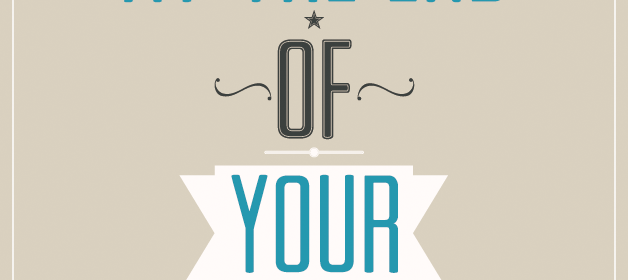
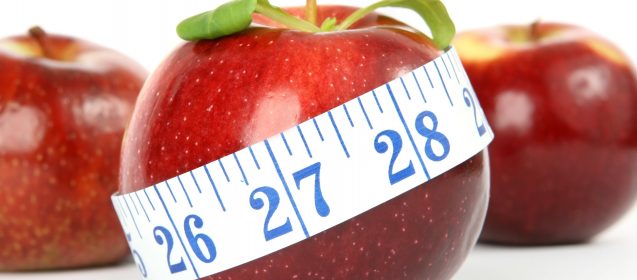
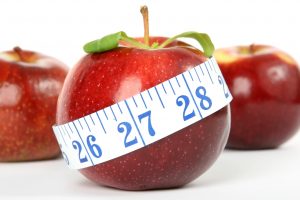 Having a smaller abdomen and waistline is important aesthetically, making you feel good about looking your best. However, there’s another reason why your waistline size is important. It’s a measure of your overall health. Abdominal fat is called visceral fat and it’s worse than other types of fat. The more you have, the more potential there is of heart disease and diabetes. It’s even more important than BMI—body mass index.
Having a smaller abdomen and waistline is important aesthetically, making you feel good about looking your best. However, there’s another reason why your waistline size is important. It’s a measure of your overall health. Abdominal fat is called visceral fat and it’s worse than other types of fat. The more you have, the more potential there is of heart disease and diabetes. It’s even more important than BMI—body mass index.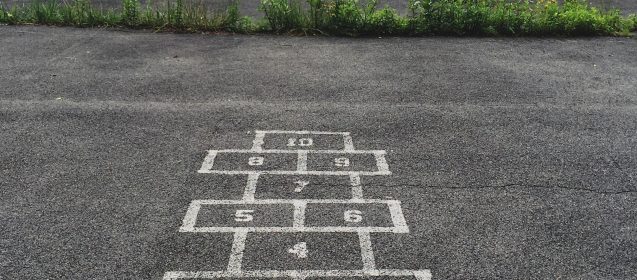
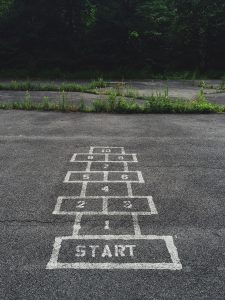 Definitely! You need to exercise regularly to stay healthy, but you also need to keep your workout safe. Too often people decide they’re going to start working out, but don’t consider the fact that they haven’t lifted anything heavier than a remote for years or haven’t run any farther than to the kitchen. It doesn’t take long before they have an injury that takes months to heal or ache so bad they never return to the gym. For those working with a personal trainer, the trainer has your back. They create programs designed for your fitness level and guide you every step of the way.
Definitely! You need to exercise regularly to stay healthy, but you also need to keep your workout safe. Too often people decide they’re going to start working out, but don’t consider the fact that they haven’t lifted anything heavier than a remote for years or haven’t run any farther than to the kitchen. It doesn’t take long before they have an injury that takes months to heal or ache so bad they never return to the gym. For those working with a personal trainer, the trainer has your back. They create programs designed for your fitness level and guide you every step of the way.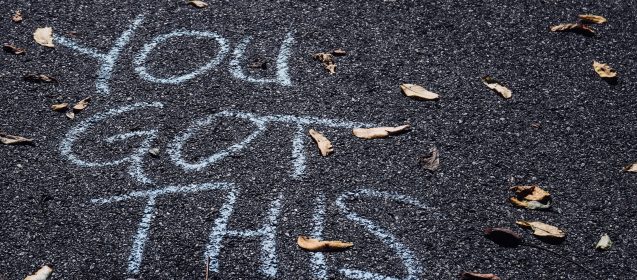
 If your motivation to come to put on your workout clothes or bypass that Danish and grab a tangerine instead has started to slip to the wayside, you’re not alone. As a trainer, I hear this all the time from clients. Getting fit isn’t hard, but it isn’t easy either. It does require hard work at the gym on a consistent basis and let’s face it, sometimes you just would rather chill or follow your cravings for something super sweet. Keeping your motivation high so you can stick to the plan should be at the top of your priority list. Here’s a few things that might help.
If your motivation to come to put on your workout clothes or bypass that Danish and grab a tangerine instead has started to slip to the wayside, you’re not alone. As a trainer, I hear this all the time from clients. Getting fit isn’t hard, but it isn’t easy either. It does require hard work at the gym on a consistent basis and let’s face it, sometimes you just would rather chill or follow your cravings for something super sweet. Keeping your motivation high so you can stick to the plan should be at the top of your priority list. Here’s a few things that might help.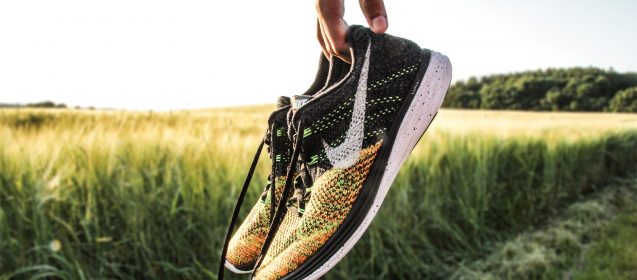
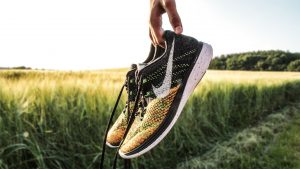 Sure, all you need to workout is a plan, comfortable clothes and good shoes, but all the bells and whistles can make it more fun, more effective or more efficient. Here’s some of the latest new fitness gear you can’t live without, or at least ones that will motivate you more to stay focused and achieve your goals. There are innovations in fitness continually occurring, beyond the latest new styles in clothes. You might consider making one of these innovations a special treat for yourself when you reach a fitness goal. It just makes it more fun and can be super motivating.
Sure, all you need to workout is a plan, comfortable clothes and good shoes, but all the bells and whistles can make it more fun, more effective or more efficient. Here’s some of the latest new fitness gear you can’t live without, or at least ones that will motivate you more to stay focused and achieve your goals. There are innovations in fitness continually occurring, beyond the latest new styles in clothes. You might consider making one of these innovations a special treat for yourself when you reach a fitness goal. It just makes it more fun and can be super motivating.